
Melilla, a small Spanish enclave on the Moroccan coast, may seem like an idyllic destination for summer holidays, with sandy beaches, turquoise waters and historic Roman ruins. The town, which Spain conquered in 1497, is an architectural treasure where influences from different cultures can be observed side-by-side. Anchoring it all is the Ciudadela citadel, an imposing Spanish military fortress with insurmountable walls built to repel Moroccan forces in the 16th and 17th centuries.
But today, for many migrants, Melilla has a very different meaning. It’s the culmination of a weeks-long journey, often commenced in West Africa. It holds the promise of a better life in Europe — but only if they can evade border patrols and overcome the 10- to 20-ft.-high fences that have transformed Melilla into a modern-day fortress, too.
“It’s the border of the border,” says Gianfranco Tripodo. The Italian photographer has spent the last three years documenting migrants’ attempts to climb Melilla’s fence. “When I started to work in Melilla, there was so little coverage of the migrants’ situation,” he explains. “And I wanted to see with my own eyes the tangible and real consequences of the European Union’s migration policies on thousands of people.”
Tripodo followed migrants on both sides of the fence — in the many unofficial refugee camps set up around Melilla in Morocco, as well as at the Centros de Estancia Temporal de Inmigrantes (CETI) where migrants are processed once in the Spanish enclave. “Not far from the center, some migrants have built a sort of meeting place with chairs and stuff they’ve collected around the city,” he says. “People cook, drink or just hang out,” as they wait for authorities to settle their fate.
See the story of Fez, 27, a deaf migrant in Melilla as he tried to reach the rest of his family in Europe – a video directed by Guillem Valle, co-founder of Me-mo magazine.
On April 24, 2014, as Tripodo was working in the compound, word arrived that a “jump of the fence” was underway. “I immediately rushed there and some 40 migrants were standing on top of a building on the side of the border,” he says. “After a couple of hours, the Spanish Guardia Civil started to push back the migrants into Morocco.” Some of them were able to scale the barrier, stepping on European soil. “But, despite the fact that they had a right to stay in Spain according to European and Spanish immigration laws, some police officers tried to grab them to send them back to Morocco.” According to Tripodo, the resulting confrontation severely injured some of the migrants.
For the Italian photographer, the tense situation in Melilla is just one aspect of a wider immigration crisis that is affecting the whole of Europe, from Italy and Greece, all the way to France and the U.K. It’s crisis, he believes, that has yet to be met with an adequate response. “The countries that are most exposed to the flow of migrants — such as Spain, Italy and Greece — lack the resources and funds to take care of this emergency,” he says. Last year, for example, Italy was forced to scrap its Mare Nostrum rescue operations, which used to cost more than 9 million Euros per month. Its replacement is called Operation Triton, whose focus shifted from rescuing migrants to securing the border. In the first six months of 2015, about 2,000 people have died in the Mediterranean.
“You can’t stop people from coming to Europe simply by making the route more dangerous or by strengthening the border,” he says. “This doesn’t work, and everyone can see what the consequences are in their newspapers every day: more tragedies and more deaths.”
Gianfranco Tripodo is an Italian photographer based in Madrid, Spain.
Mikko Takkunen, who edited this photo essay, is an Associate Photo Editor at TIME. Follow him on Twitter @photojournalism.
Francesca Trianni is a video producer at TIME. Follow her on Twitter @frantrianni.
Olivier Laurent is the editor of TIME LightBox. Follow him on Twitter and Instagram @olivierclaurent

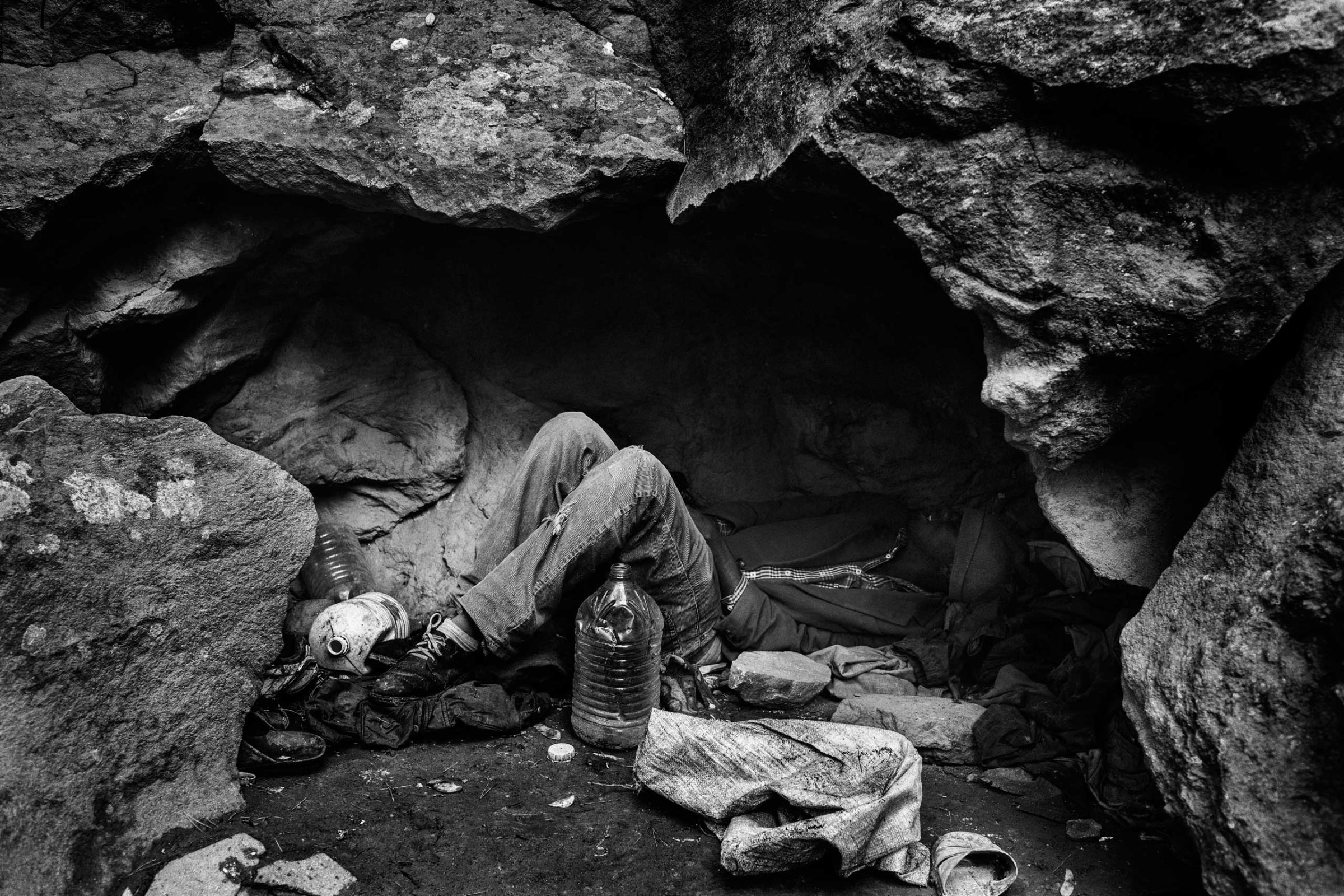
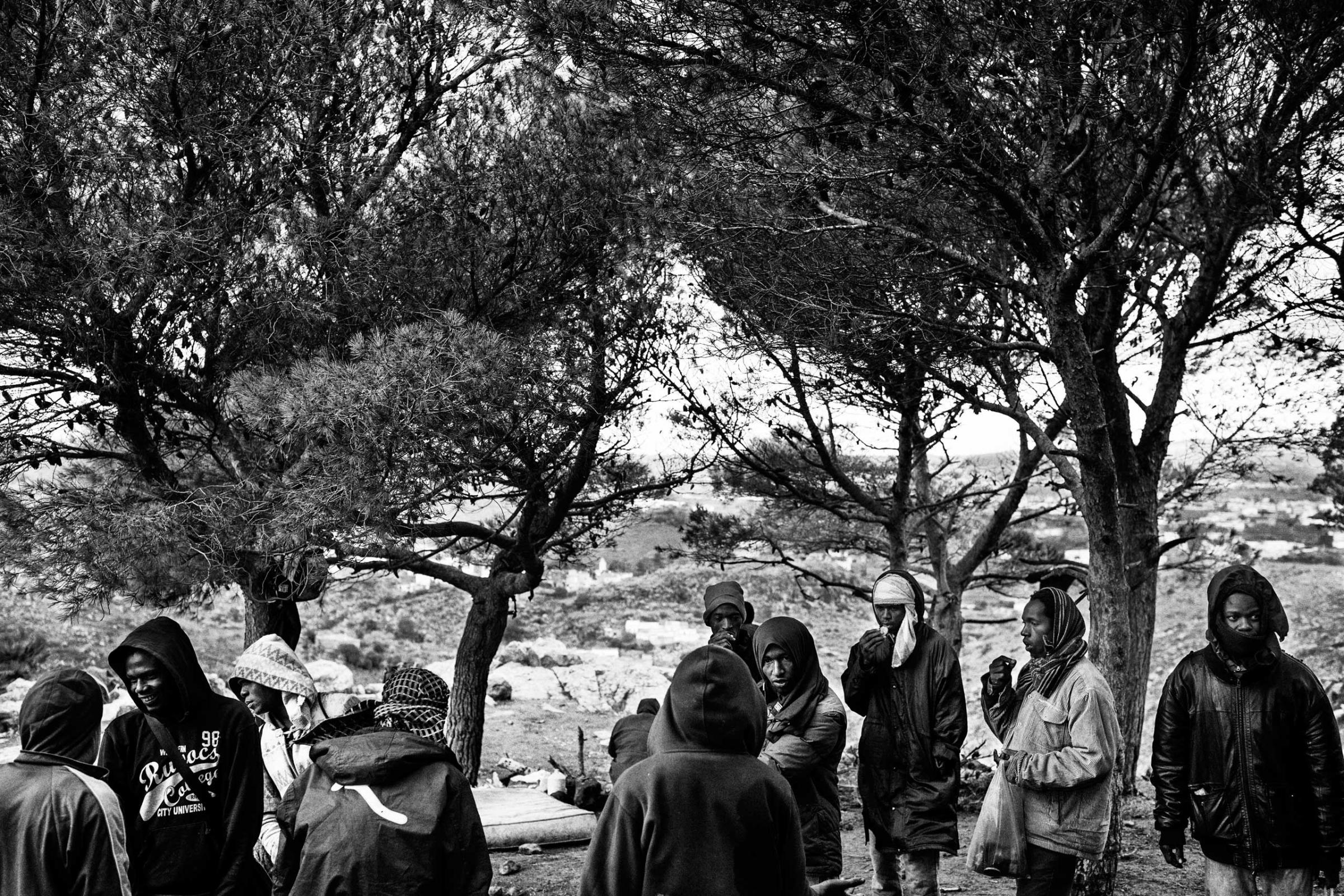
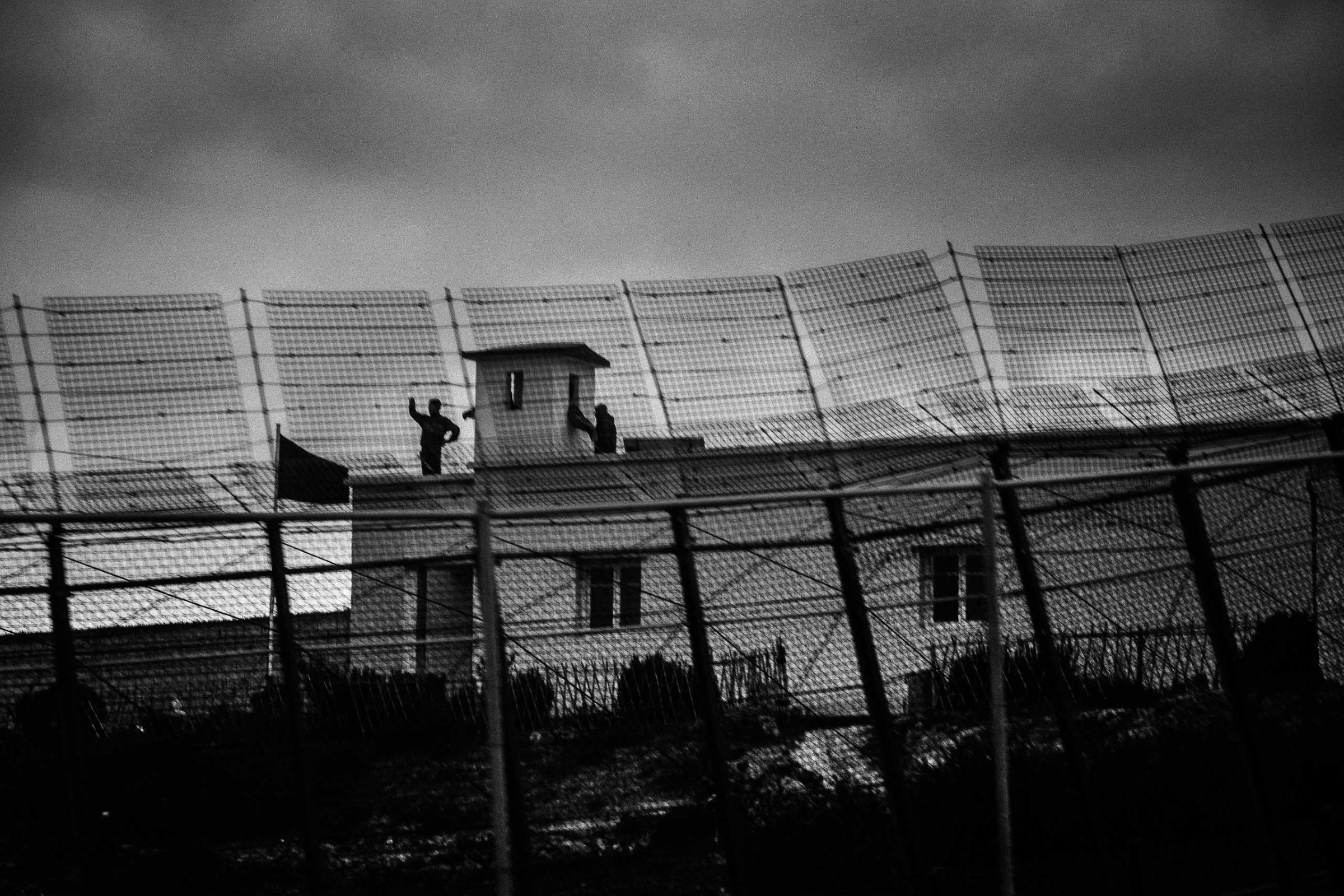
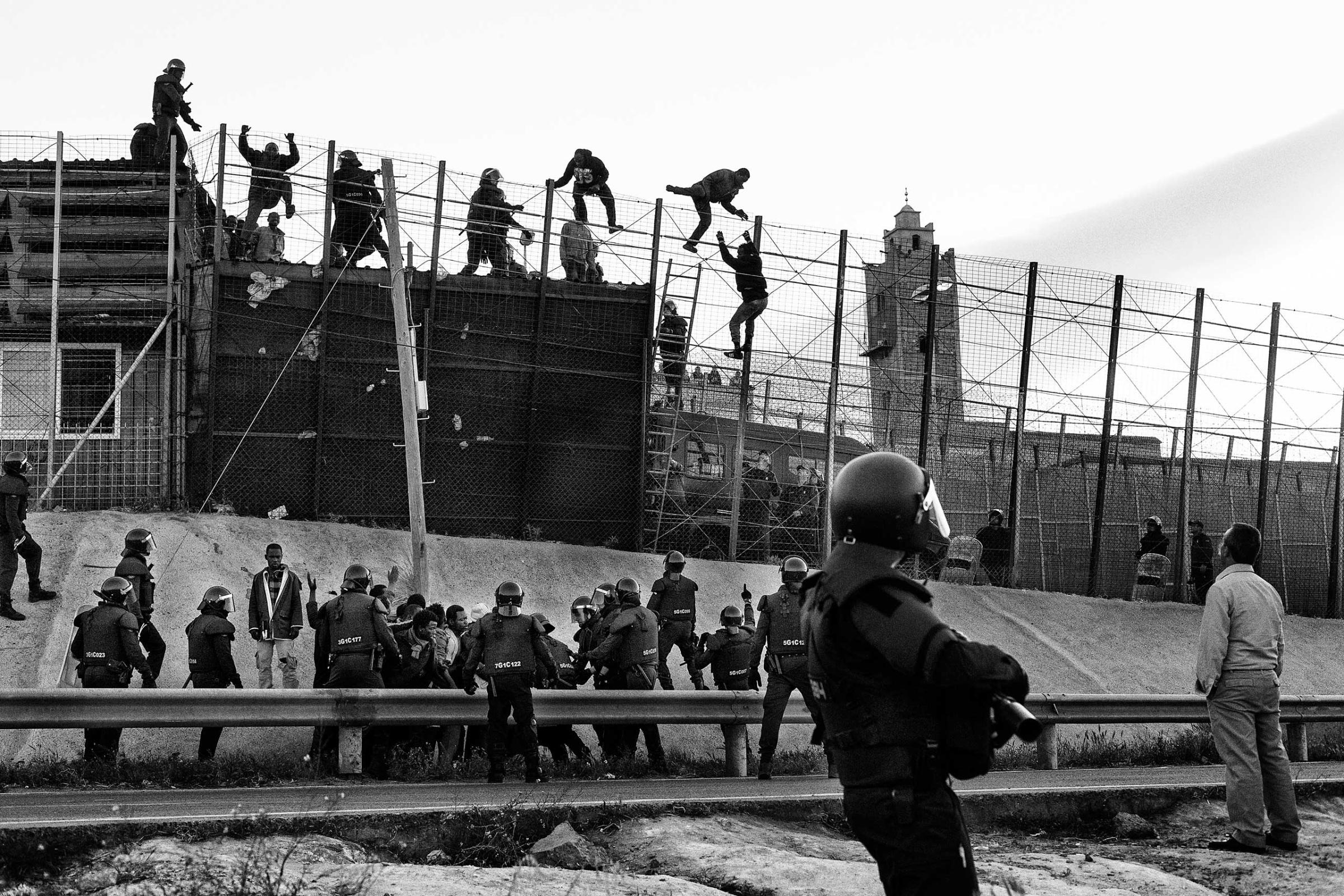

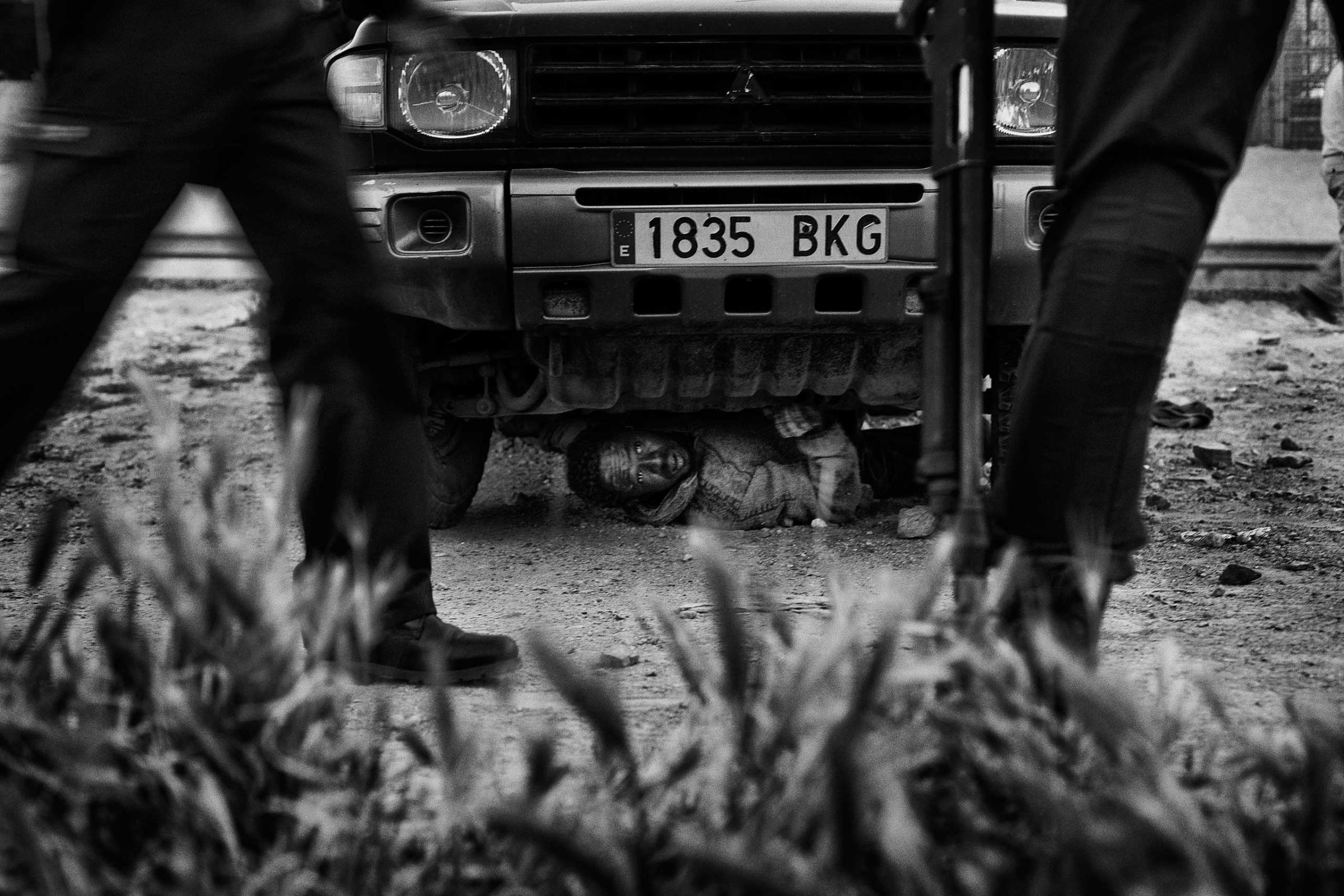



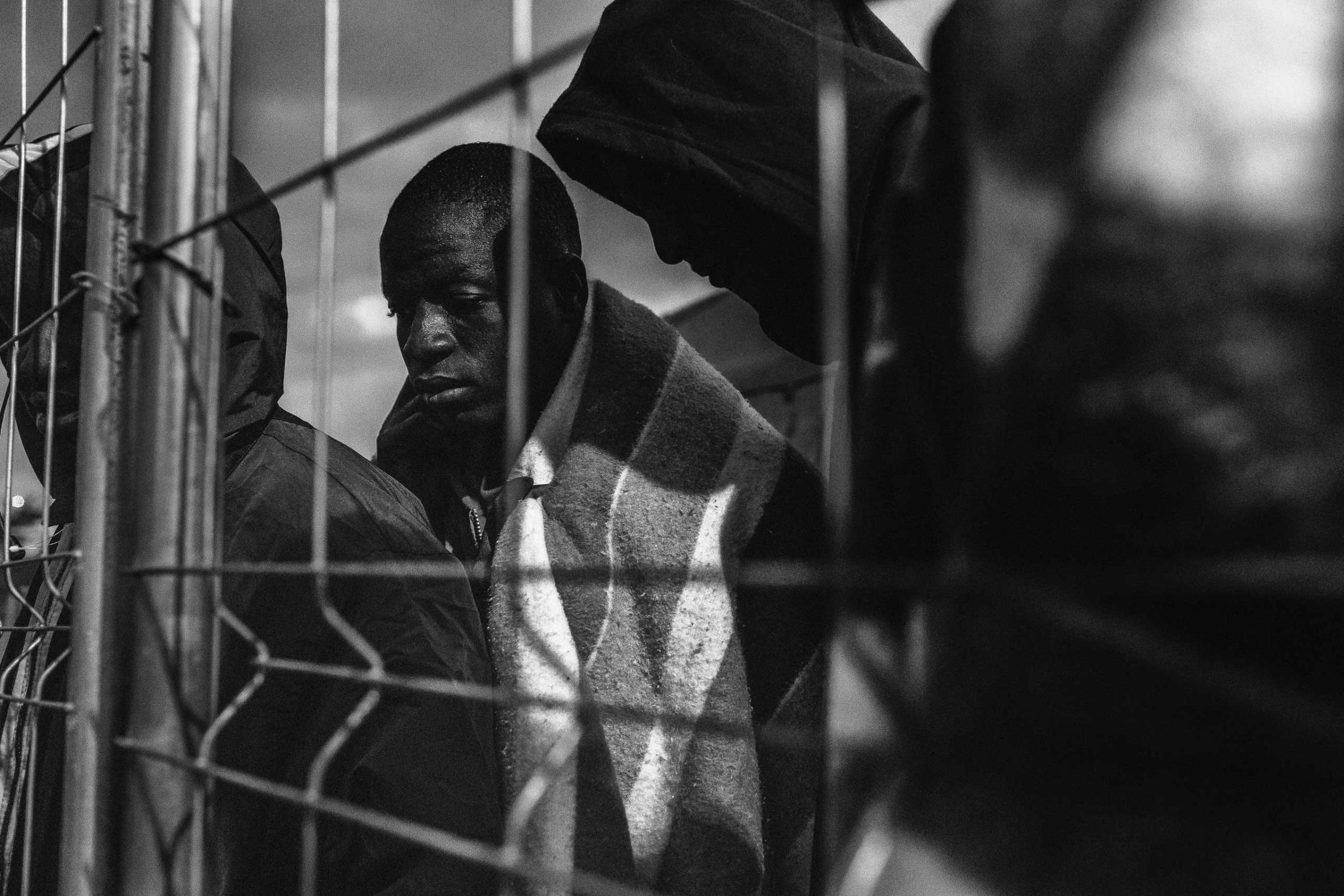

More Must-Reads from TIME
- Donald Trump Is TIME's 2024 Person of the Year
- Why We Chose Trump as Person of the Year
- Is Intermittent Fasting Good or Bad for You?
- The 100 Must-Read Books of 2024
- The 20 Best Christmas TV Episodes
- Column: If Optimism Feels Ridiculous Now, Try Hope
- The Future of Climate Action Is Trade Policy
- Merle Bombardieri Is Helping People Make the Baby Decision
Write to Francesca Trianni at francesca.trianni@time.com